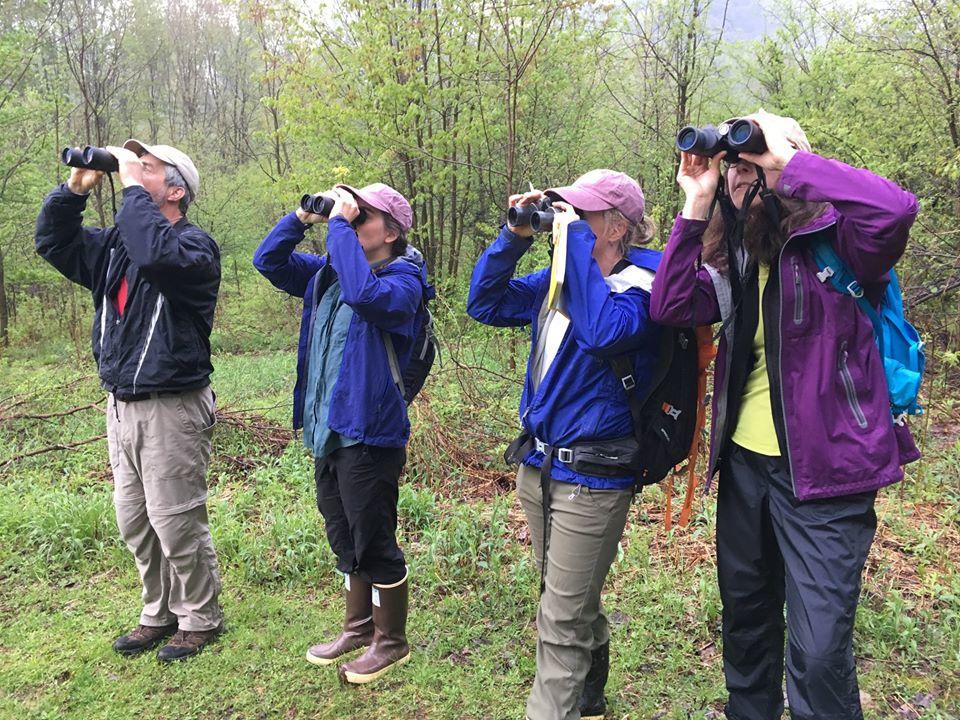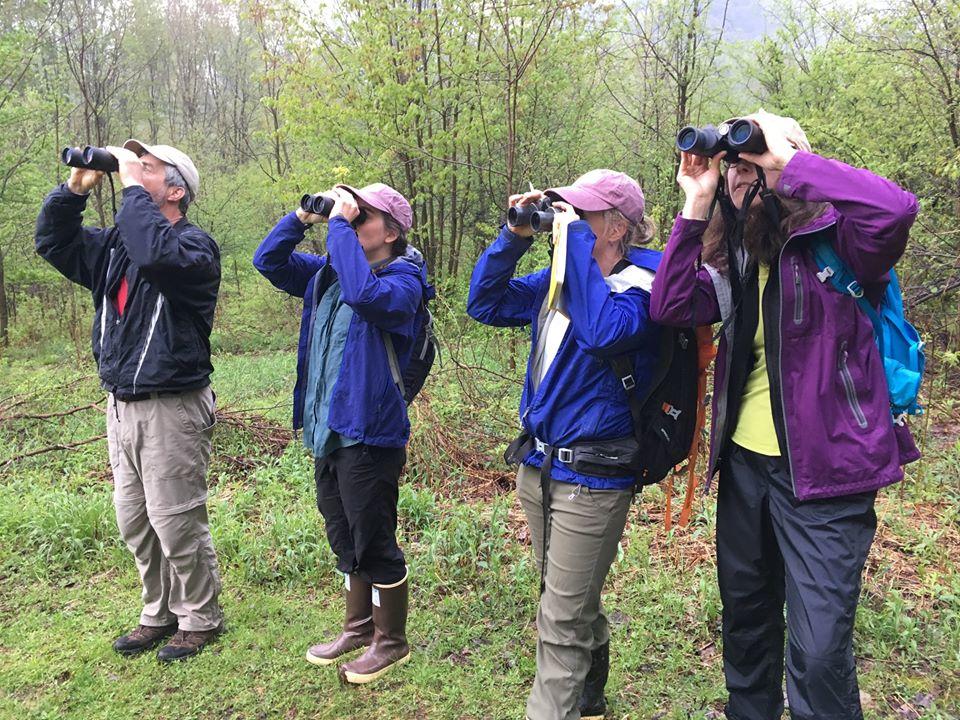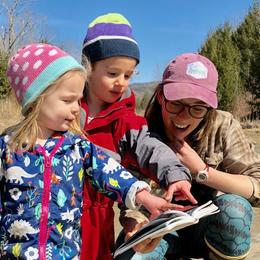Taking on the mission of becoming a birder can seem like an overwhelming task. I'll bet that if you are interested in becoming a ‘birder’ you are already a birder in my book. The best way to get into birding is to go into the spaces you love, and already spend a lot of time in, and just observe. Begin to notice the differences between birds. You will soon be able to distinguish sparrows from wrens, finches from warblers, and so much more. Looking at a bird’s bill and feet can tell you a lot about where they live, and how they behave.
To take on the task of knowing all the birds living around you is a big task. So have the intention to observe when out in the natural spaces you love and your identification skills will blossom. The best way to begin is to start with a few birds you see often. Get their calls down, and their features for identification. Next year when birds start to migrate to your area you can add a few more and will be thrilled with the power of knowing those birds you got to know so well the year before. While birds are returning from their migration keep a track of who is present and focus on just those birds around you.
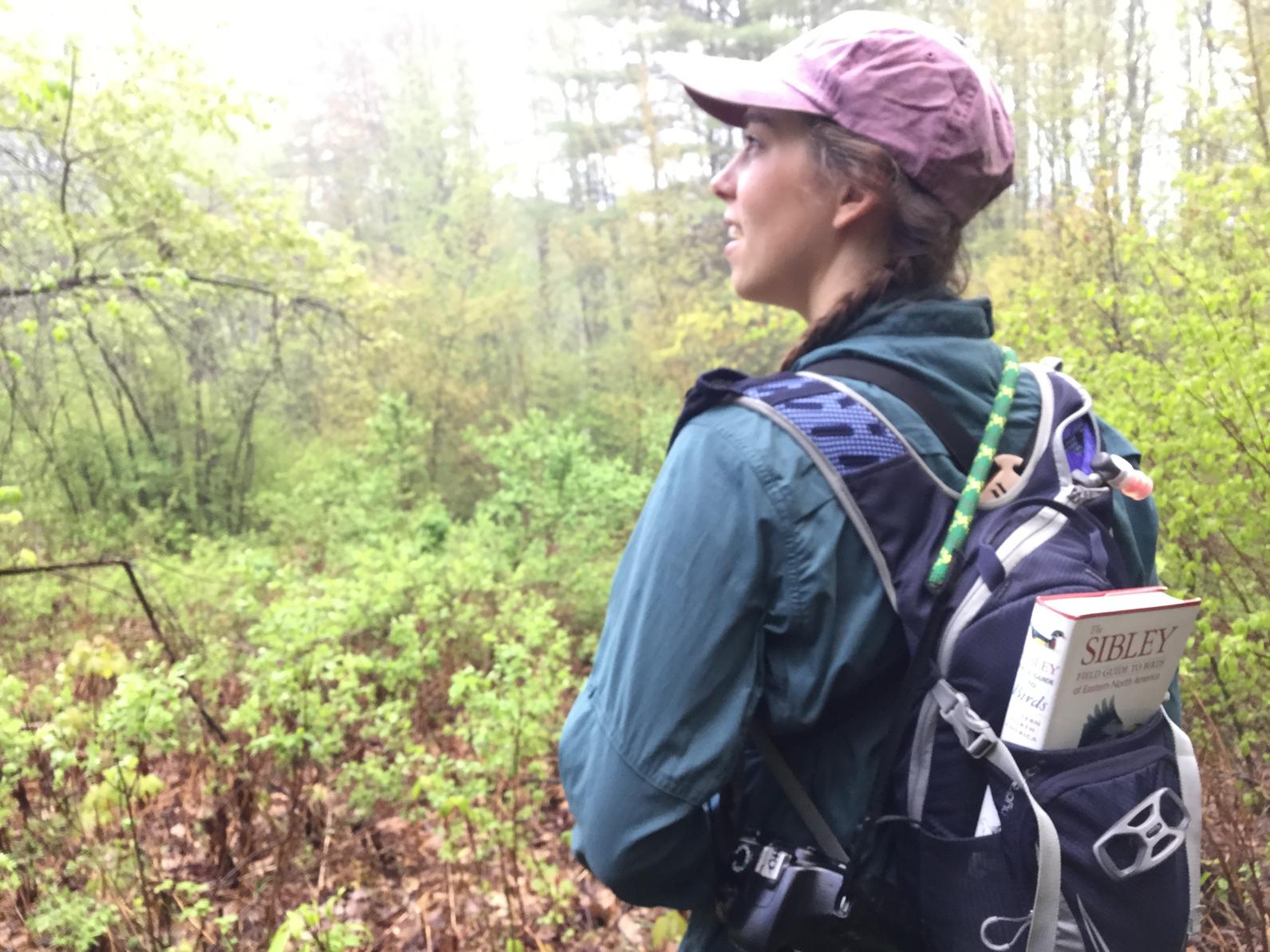
Before you get started, here some tools that will help you:
- Binoculars
- Check out this guide for the range of binoculars
- Good footwear: rain boots or hiking boots, you will be off-roading!
- The appropriate layers
- Food & water
- Pants (because of the off-roading)
- A notebook & pencil
- A regional identification guide book
- Birding by ear guide
- Phenology guide is a nice way to keep track of when things are happening season to season. Such as when birds return, make nests, and leave.
- The FREE Audubon App is a great way to take calls and an ID guide in your pocket!
In this video, I go over some common Vermont backyard birds to keep an eye out for, as well as some distinguishing features that help you identify birds.
Basic birding observation of backyard birds with Rae Bronenkant
As John Muir said, “In every walk with nature one receives far more than he seeks.” Allow yourself the time and space to observe the natural world, birds included. You will find so many magical things along the way. It takes time and patience but the journey to becoming a birder is a journey well spent.
So get your ears ready ….
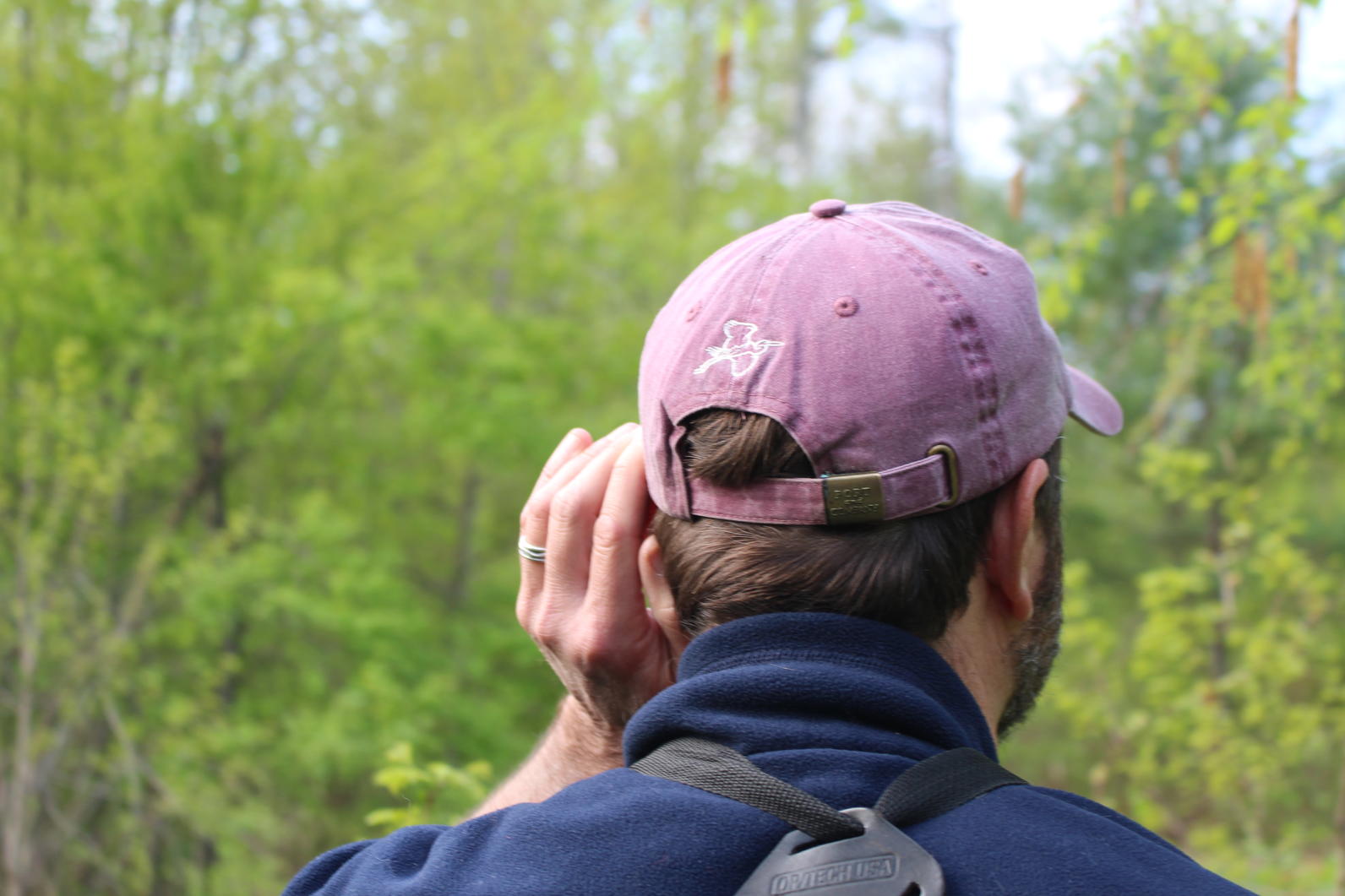
The tools you need…
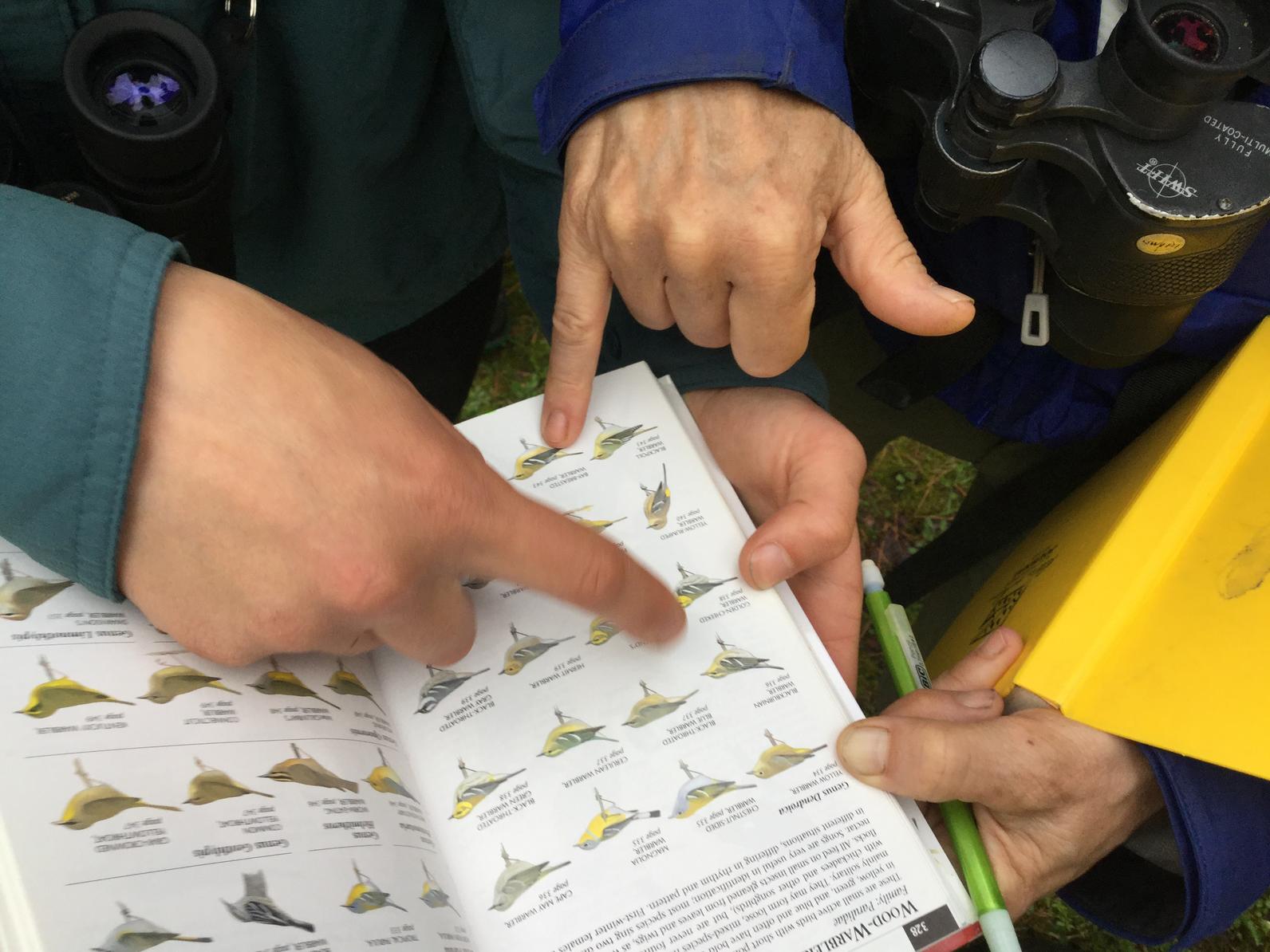
And really commit to the task….
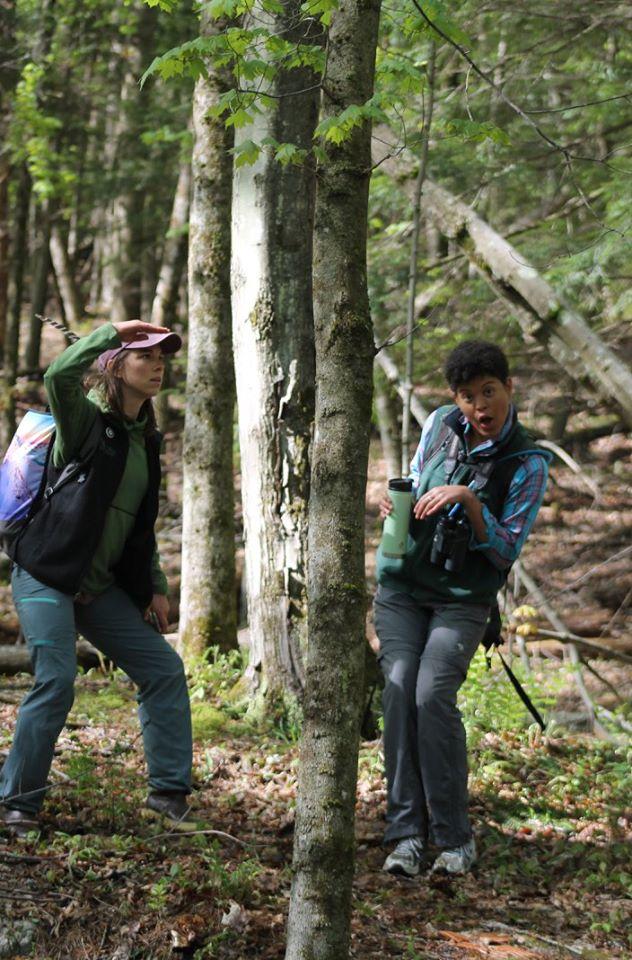
Or not…
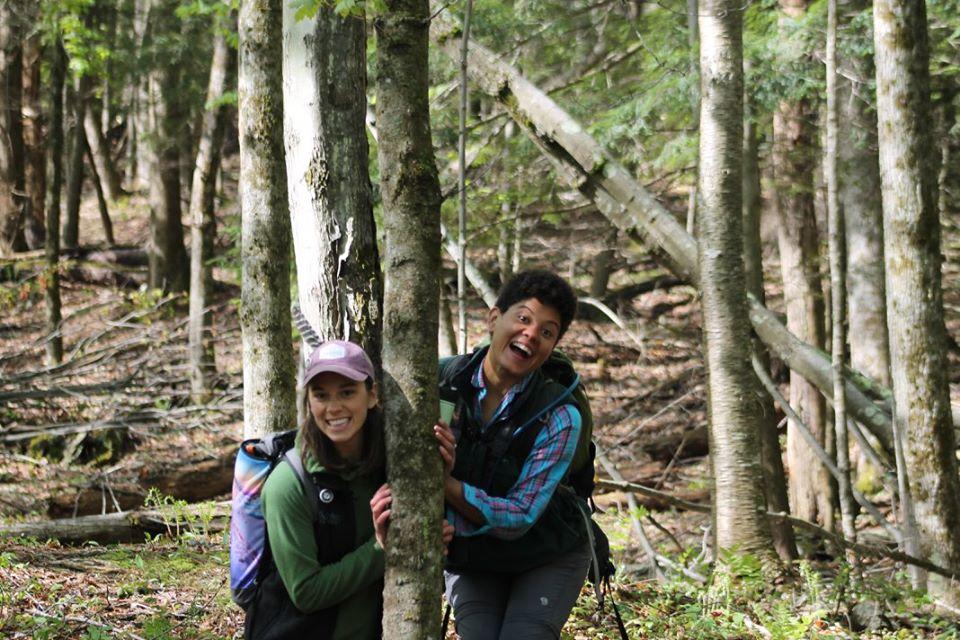
And be sure to take some time to check out amphibians or whatever other strikes your fancy.

You can take your birding one step deeper and join in on community science by submitting your data to eBird when you are birding. This creates a record of your observations to help scientists track trends of birds. Visit this article to get started!
Other Helpful Resources:
- Check out the bottom of our Birdathon page for more resources.
- The Audubon birding page and the Cornell All About Birds page.
- This article has basic bird identification resources

